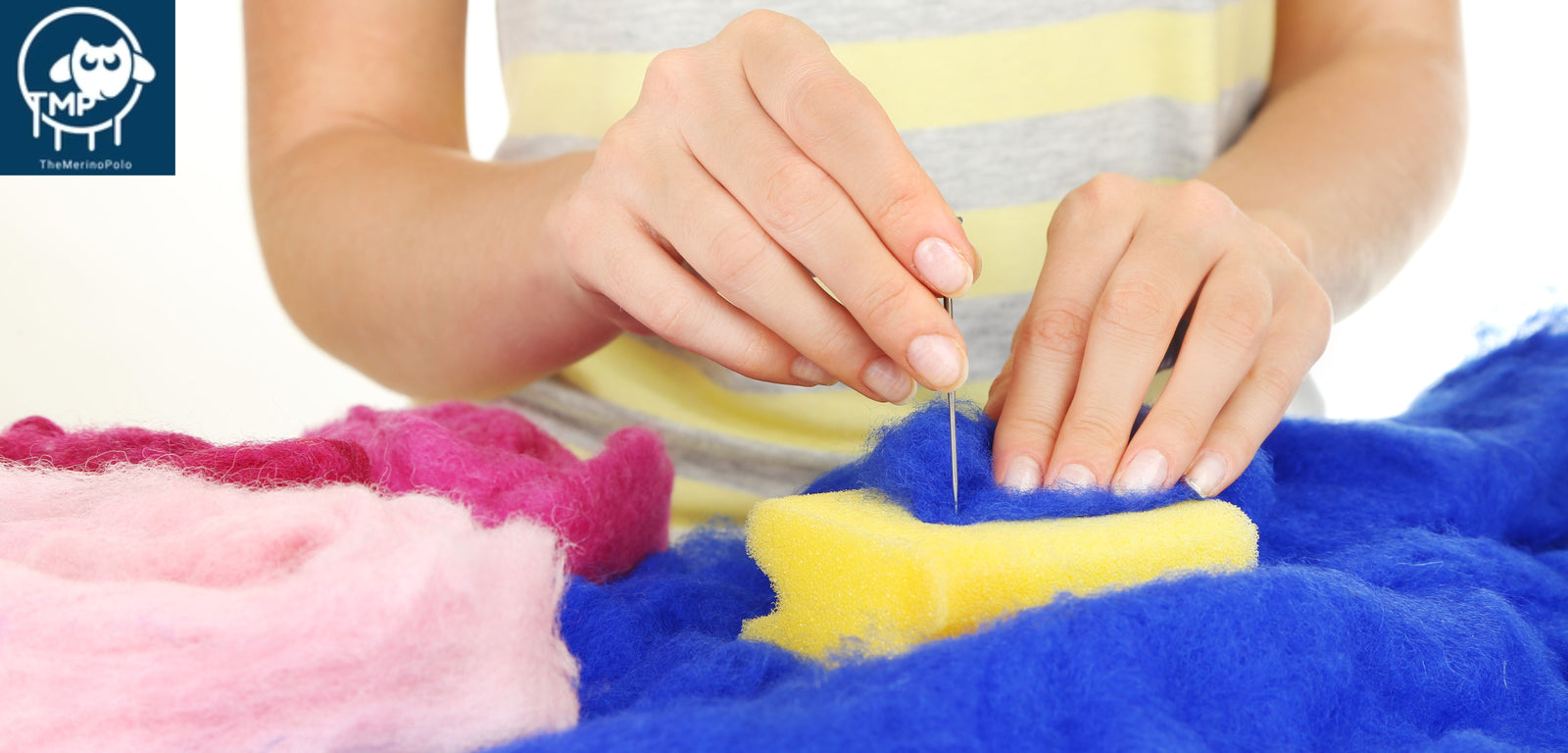Merino Wool Needs an Image Change

The perception of wool has often been rooted in outdated stereotypes, which need to be reevaluated to appreciate its modern benefits and versatility. Traditionally, wool has been viewed as itchy, heavy, and suitable only for winter garments. This limited view overlooks the advancements in wool processing and the wide range of wool types now available. Innovations in textile technology have produced softer, lighter, and more breathable wool fabrics that are suitable for all seasons, debunking the myth that wool is uncomfortable and cumbersome.
Furthermore, wool's natural properties offer numerous advantages that align with contemporary concerns about sustainability and environmental impact. Wool is a renewable resource, biodegradable, and requires less energy to produce compared to synthetic fibers. It is naturally flame-resistant, odor-resistant, and has excellent moisture-wicking properties, making it an ideal material for a variety of applications beyond just clothing, including home furnishings and technical textiles. Highlighting these attributes can shift the perception of wool from an old-fashioned material to a modern, eco-friendly choice.
Educating consumers about the diverse applications and benefits of wool is essential for changing its perception. Campaigns that emphasize its environmental credentials, comfort, and adaptability can appeal to a broader audience. Collaborations with fashion designers and brands can showcase contemporary and stylish uses of wool, further breaking down the misconceptions. By reshaping the narrative around wool, it can be appreciated not just for its traditional uses, but as a forward-thinking material suitable for a wide range of modern needs.
Social media is a powerful tool for reshaping perceptions, and it can play a key role in changing how people think about wool. Visual platforms like Instagram, TikTok, and Pinterest are ideal for showcasing the modern side of wool through high-quality imagery and engaging video content. Brands can post reels and stories that highlight wool’s versatility—showing it used in stylish summer outfits, activewear, or outdoor gear—while also busting common myths like "wool is itchy" with quick, informative clips.
Influencer partnerships are another effective strategy. By collaborating with fashion influencers, outdoor adventurers, or sustainability advocates, brands can tap into trusted voices that align with different aspects of wool’s appeal—style, performance, and eco-consciousness. When followers see people they admire wearing or endorsing wool in fresh, unexpected ways, it breaks down old assumptions and builds credibility.
Lastly, education-focused content should be woven into the mix. This could include simple explainers on wool’s benefits, behind-the-scenes peeks at the production process, or testimonials from customers who’ve been surprised by the comfort and performance of modern wool garments. Consistent, authentic messaging across platforms will help shift wool's image from outdated to innovative and essential.
At TheMerinoPolo, we are well aware of the challenges involved in marketing wool apparel. Our founder, Steve Noa, adopts a creative approach to marketing our products and encourages the wool industry to engage in more innovative marketing strategies. He believes that wool, particularly merino, has the potential to penetrate the lucrative streetwear market by emphasizing comfort in a casual yet appealing manner.

